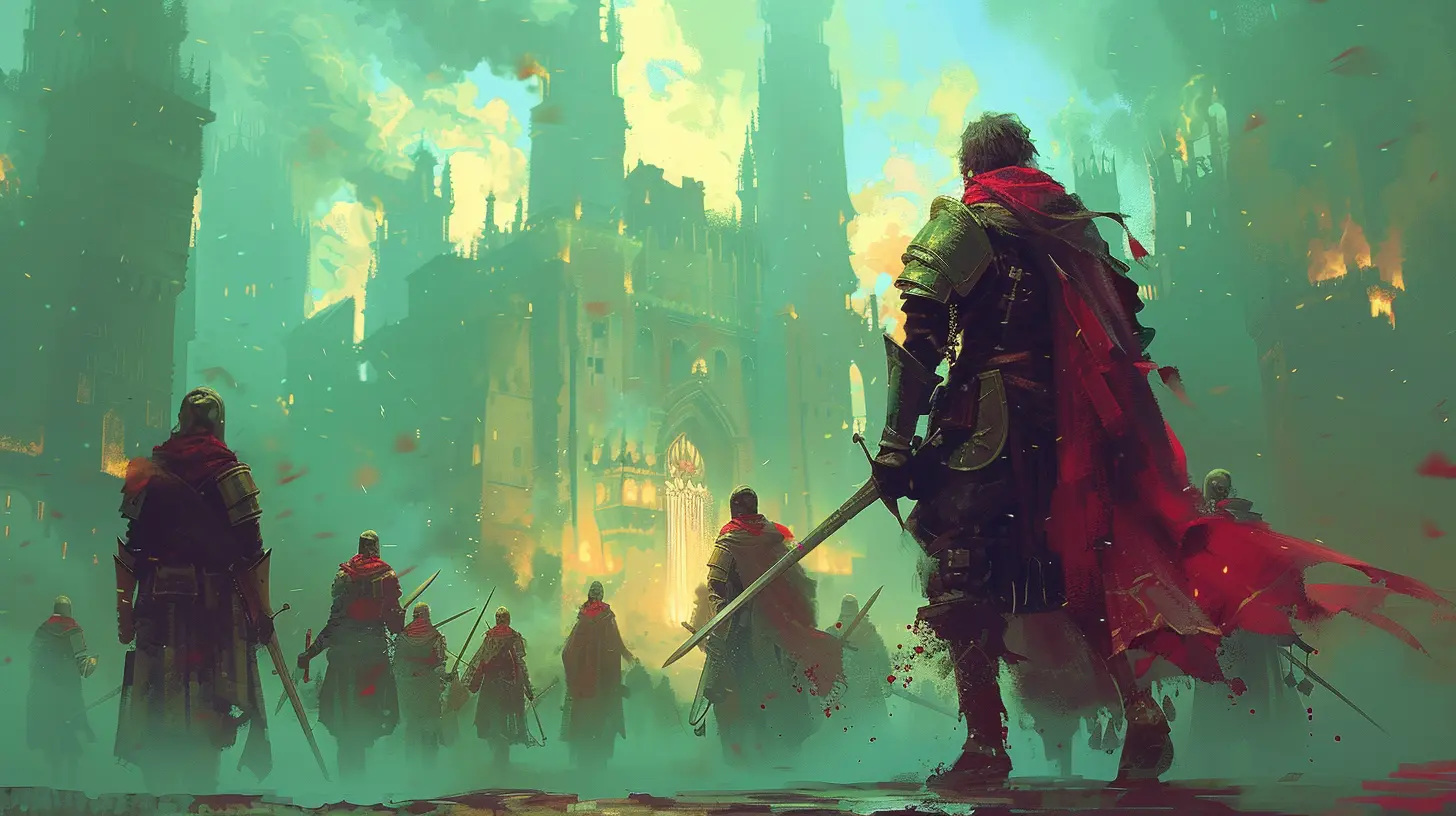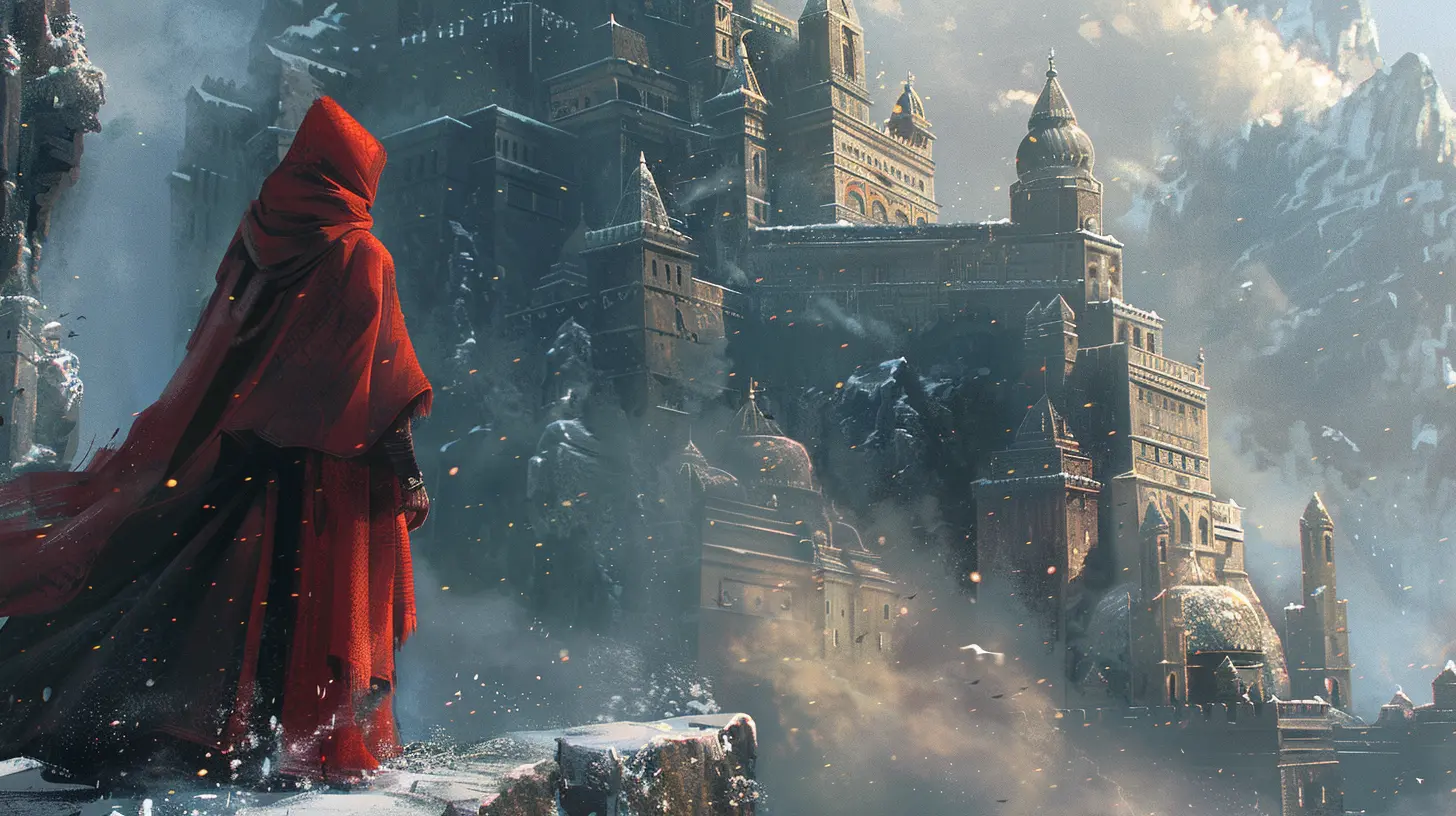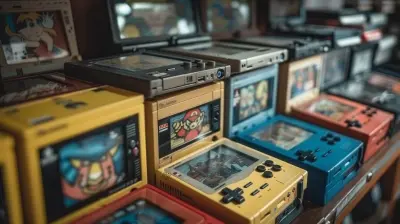What Makes a Great Crowdfunding Update? Keeping Backers Engaged in Your Game Development
15 October 2025
So, you’ve successfully launched your game project on Kickstarter, Indiegogo, or another crowdfunding platform, and the pledges are rolling in. First off, congrats! You're already in that elite group of developers turning dreams into pixels. But here's the kicker — raising funds is just the beginning. The real challenge? Keeping your community, aka your backers, engaged throughout the development process. That’s where crowdfunding updates come into play.
Think of crowdfunding updates as your heartbeat — the regular rhythm that lets your backers know the project’s still alive, kicking, and worth the wait. But slapping together a lazy update every few months won’t cut it. If you want to keep that support strong and maybe even turn your backers into lifelong fans, you’ve got to nail each update.
Let’s dive into what makes a great crowdfunding update that keeps backers excited, informed, and looking forward to your game’s release.
Why Crowdfunding Updates Matter More Than You Think
Before we get into the how, let’s talk about the why.Backers aren’t just donors — they’re part of your development team in a way. They believed in your idea when it was nothing more than a pitch and some cool concept art. When they fork over their hard-earned cash, they’re investing emotionally as well as financially. And like any good investor, they want to see progress.
Regular updates keep the trust alive. Go dark for too long, and people start wondering: Did the devs vanish? Is the game in limbo? Did I just throw money into the void? That’s the kind of doubt that kills hype — and your reputation.
The Anatomy of a Great Crowdfunding Update
Now for the good stuff. What separates a killer update from the kind that gets scrolled past or ignored? Let’s break it down.1. Be Consistent (But Don’t Spam)
First rule of thumb? Set a rhythm and stick to it.Whether that’s weekly, biweekly, or monthly, consistency builds trust. It shows professionalism and a serious approach to development. But be careful — don’t crank out empty updates just to hit your schedule. Content is king.
👉 Pro Tip: Announce in your campaign how often backers can expect updates. That way, you're setting expectations up front.
2. Be Honest — The Good, The Bad, and The Buggy
Let’s be real. Game development is messy. Things break. Deadlines slip. Features get cut. And that’s okay — backers understand.What they don’t understand? Silence.
A great crowdfunding update doesn’t sugarcoat problems. It shares them — with context. If you’re delaying the beta because the AI is dumber than a cardboard box, say so. Then explain what you're doing to fix it.
Honesty breeds empathy. It makes your backers root for you, not against you.
3. Show, Don’t Just Tell
Words are great, but visuals are better. Use screenshots, concept art, gif snippets, and even WIP videos. Let your community see the progress.Behind-the-scenes footage? Gold.
Want to really grab attention? Do a side-by-side comparison: early alpha visuals vs current build. Everyone loves a good before-and-after.
4. Speak Like a Human
Please — for the love of creativity — drop the corporate tone. You’re not sending out a press release. Talk to your backers like you would to a friend.Use “we” and “you.” Be playful. Make jokes (even if they’re bad). Your update should feel like it came from a passionate dev, not an HR department.
5. Include Meaningful Progress — No Fluff!
Nobody wants an update that says, “We’re still working. Stay tuned!” That’s not an update — that’s filler.Even if the progress is small, talk about it. Did you tweak the combat mechanics? Write a bit about why. Found a bug that was hilarious or frustrating? Share the story.
It’s these little details that make your journey interesting.
6. Celebrate Milestones (Even Tiny Ones)
Your first playable demo. A new boss design. The moment your NPCs finally stopped walking into walls. Celebrate it all.These milestones are your way of saying, “Look what we did — and you helped make it happen.” It reinforces that sense of shared success.
Throw in some fun rewards or teasers for big achievements to keep backers excited.
Bonus Ingredients for a Killer Crowdfunding Update
Want to go the extra mile? Add a few of these into the mix.🎮 Developer Diaries
Dev diaries — short blurbs or videos from different team members — are a fantastic personal touch. Let your concept artist talk about their latest work. Have your sound designer show off new effects.It makes the process more relatable and shows that real people are behind the scenes putting in the work.
✋ Ask for Feedback
Include polls, questions, or mockups that let backers chime in. Should the health bar be red or blue? Should cats or dogs populate the village?Even if it’s small, involving your backers builds community and boosts engagement.
🔄 Recaps of Previous Updates
Some backers don’t keep up with every post. Quick summaries or links to past updates can help bring them up to speed — especially if you're referencing older info.🛠️ Transparent Roadmaps
Backers love roadmaps — but only if you treat them right. Keep them updated and honest.Nobody expects perfection, but if you miss a deadline or change a feature, explain why. Visual timelines with checkboxes or progress bars are especially effective.
Common Mistakes to Avoid
Even the best-intentioned updates can crash and burn if you’re not careful.❌ Radio Silence
Seriously, don't go months without an update. Even a small check-in is better than nothing.❌ Overpromising
It’s tempting to hype things up, but be careful. Overpromising is a fast track to disappointment. Keep it real and manageable.❌ Jargon Overload
Unless your backers are all Unity devs and 3D modelers, keep the tech-speak to a minimum. Explain things in layman's terms.❌ Neglecting the Fun
Game development is hard, yes — but don’t forget to let your updates be fun. Show personality. Include memes. Share anecdotes. The more enjoyable your updates are, the more people will read them.How Often Should You Post?
This depends on your game’s timeline and how fast things move.Here’s a general guide:
- Weekly – Great during exciting phases, like beta testing or pre-launch buzz.
- Biweekly – A solid middle ground for most long-term projects.
- Monthly – Works for slower dev cycles, as long as each update has real content.
- Occasionally – Only when you have big news? Risky. You might lose engagement.
The key is consistency. If your plan changes — tell your backers why. They’ll appreciate it.
Tools & Platforms to Power Up Your Updates
Go beyond the crowdfunding platform itself. Here are some tools to spice up your updates and make them more interactive:- YouTube or Vimeo – For dev vlog videos and gameplay snippets.
- Google Forms – For surveys and polls.
- Trello or Notion – To share development roadmaps.
- Discord – Great for building a daily-engaging community.
- GIF makers – Short animations are worth a thousand screenshots.
And don’t forget social media. Sharing your updates on Twitter/X, Instagram, Reddit, or dev forums can increase visibility and keep the momentum going.
Keep the Fire Burning — Even After the Campaign Ends
One mistake developers make? Thinking the work is done once the campaign closes. But really, that’s just the first chapter.The post-campaign period is often the longest and hardest — and where updates become even more important.
Keep backers looped in about:
- Digital rewards
- Shipping estimates
- Beta or alpha rollouts
- Community contests
- Launch plans (and beyond!)
And once your game finally launches? Don’t vanish. Use that update system to communicate DLC plans, patches, and expansions. Many devs turn their backers into their core players — and even influencers — for future projects.
Wrapping It Up: Keep It Real, Keep It Fun, Keep It Going
A great crowdfunding update isn’t just a progress report — it’s a conversation, a thank-you, and sometimes even a rallying cry. Done right, it keeps your project alive and thriving in the minds (and hearts) of your backers.So next time you sit down to write an update, remember:
- Be consistent.
- Be transparent.
- Be human.
- Be interesting.
Treat your backers like VIPs — because, honestly, they are. Without them, your game wouldn’t be happening. Keep them close, keep them hyped, and when the big launch day finally comes? They’ll be right there, cheering you on.
all images in this post were generated using AI tools
Category:
CrowdfundingAuthor:

Greyson McVeigh
Discussion
rate this article
1 comments
Esme McCartney
Transparent communication, genuine gratitude, and regular progress updates are non-negotiable. Engage your backers like partners—because their support is your lifeline. Excuses won't cut it in crowdfunding!
November 3, 2025 at 3:18 AM

Greyson McVeigh
Absolutely! Transparent communication and genuine gratitude are essential in keeping backers engaged. Treating them as partners fosters trust and strengthens support throughout the crowdfunding journey.


